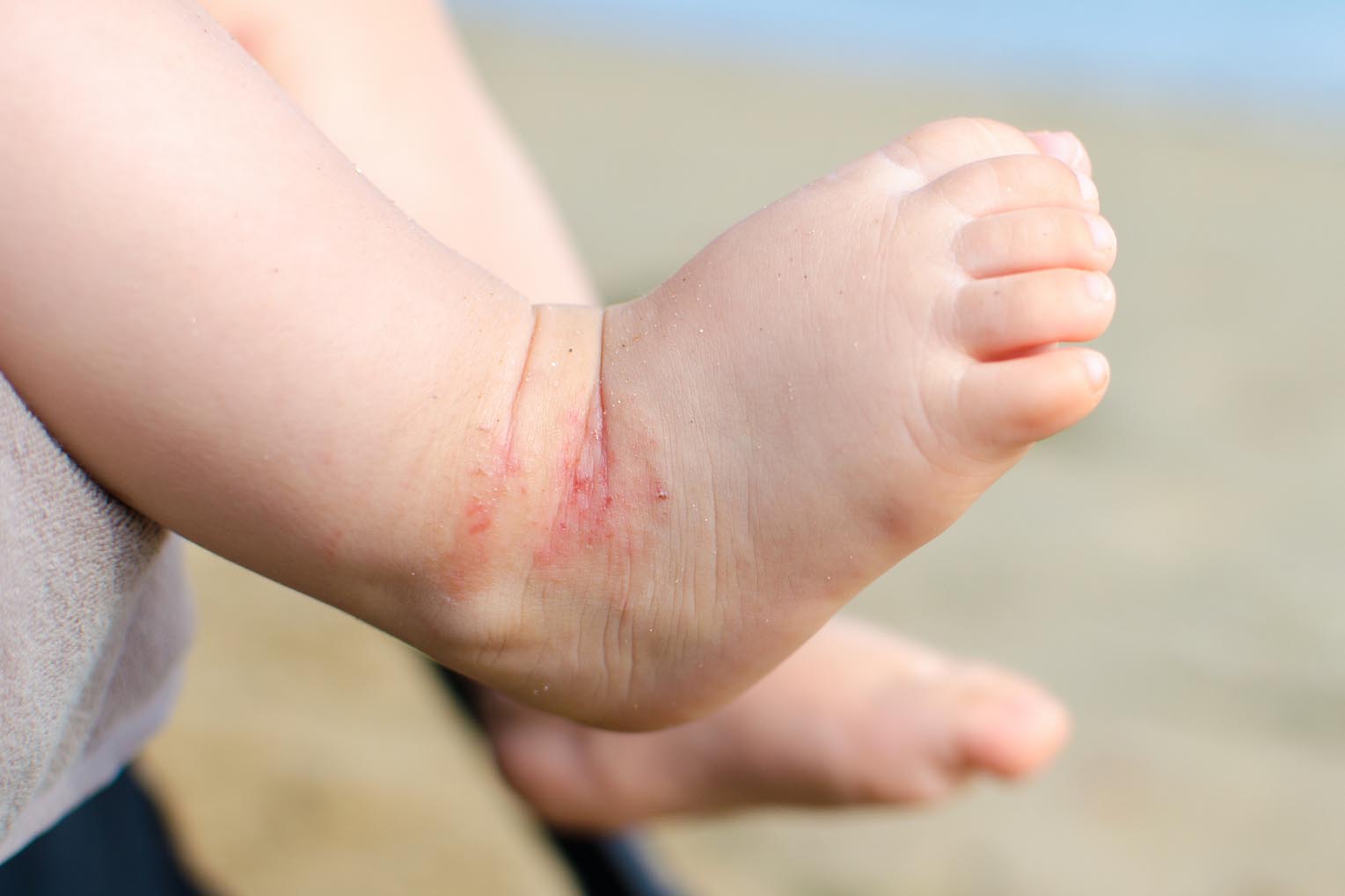• Skin health indicator
• Predicting childhood eczema
What is already known on this topic
Atopic dermatitis or eczema is an inflammatory skin condition that affects 15 to 30% of children worldwide. Skin bacteria are thought to play a role in the development of eczema, but it’s unclear whether the skin microbiota could be a reliable indicator of skin health.What this research adds
By comparing the skin microbiota of children with healthy skin and children with eczema, researchers developed a microbial index of skin health that could diagnose eczema with high accuracy. What’s more, the team found that several non-lesion skin sites across the bodies of children with eczema harbored high levels of the bacterium Staphylococcus aureus compared to the skin of healthy kids.Conclusions
Although the skin health index needs further validation in bigger groups of individuals, the findings suggest that the indicator could help to identify children who are prone to eczema.
The bacteria on our skin could help to identify who’s more at risk of developing childhood eczema, researchers have found. The team, which published their results in mSystems, developed a skin health indicator that could be used to diagnose eczema.
Eczema, also known as atopic dermatitis, is an inflammatory condition that causes the skin to turn red and itch. The condition affects 15 to 30% of children worldwide, and skin bacteria are thought to play a role in its development. But it’s unclear whether the skin microbiota could be used as a reliable indicator of skin health.
To address this question, a team of researchers led by Zheng Sun at the Chinese Academy of Sciences compared the skin microbiota of children with healthy skin and children with eczema.
Skin health indicator
The researchers analyzed samples from 116 children with eczema and 43 healthy children aged 3 to 12. Kids from Beijing and Qingdao, China, and from Denver, United States, were included in the study. Researchers took samples from lesion sites and non-lesion sites such as the forearms or legs.
Although geographical location affected the composition of skin bacteria more than eczema, the team found 25 bacterial genera, including Staphylococcus, that were more abundant on the skin of children with eczema, even at non-lesion sites.
Based on these bacterial genera, the researchers developed a microbial index of skin health that could diagnose eczema with high accuracy.
Predicting childhood eczema
Using the skin health indicator, the team identified a group of children who did not have symptoms of eczema but whose skin microbiota had shifted toward a disease state, which indicated that these children may be at risk of developing eczema. Based on the types of bacteria present on the children’s skin, the researchers could also predict who would respond well to eczema treatment.
In children treated with corticosteroids for 4 weeks, the skin microbiota returned to a healthy state, with a significant decrease in Staphylococcus, Bacillus, and Paenibacillus species.
Future studies need to validate the indicator in bigger and more diverse groups of children, but the findings could open the door to the diagnosis and therapy of skin disorders through the skin microbiota, the scientists say.









